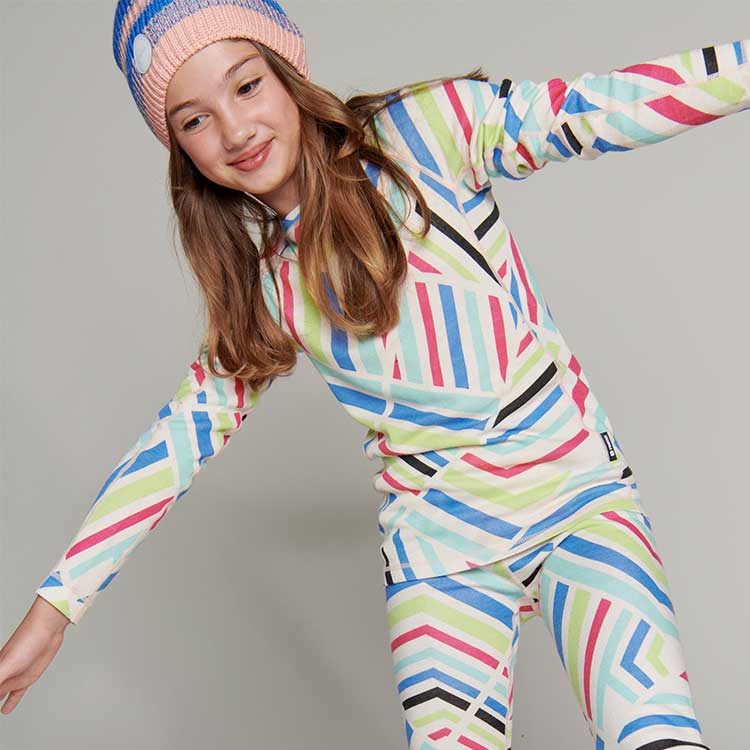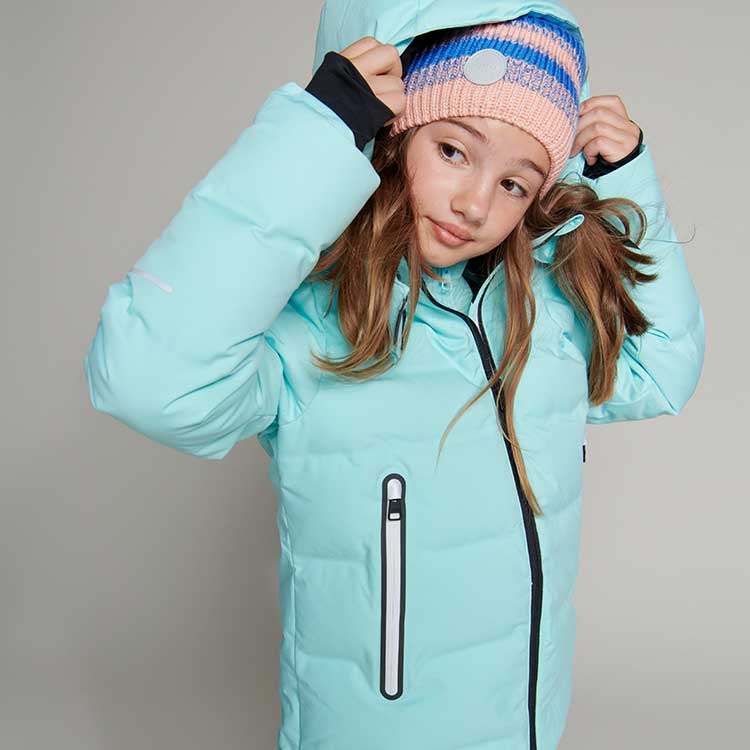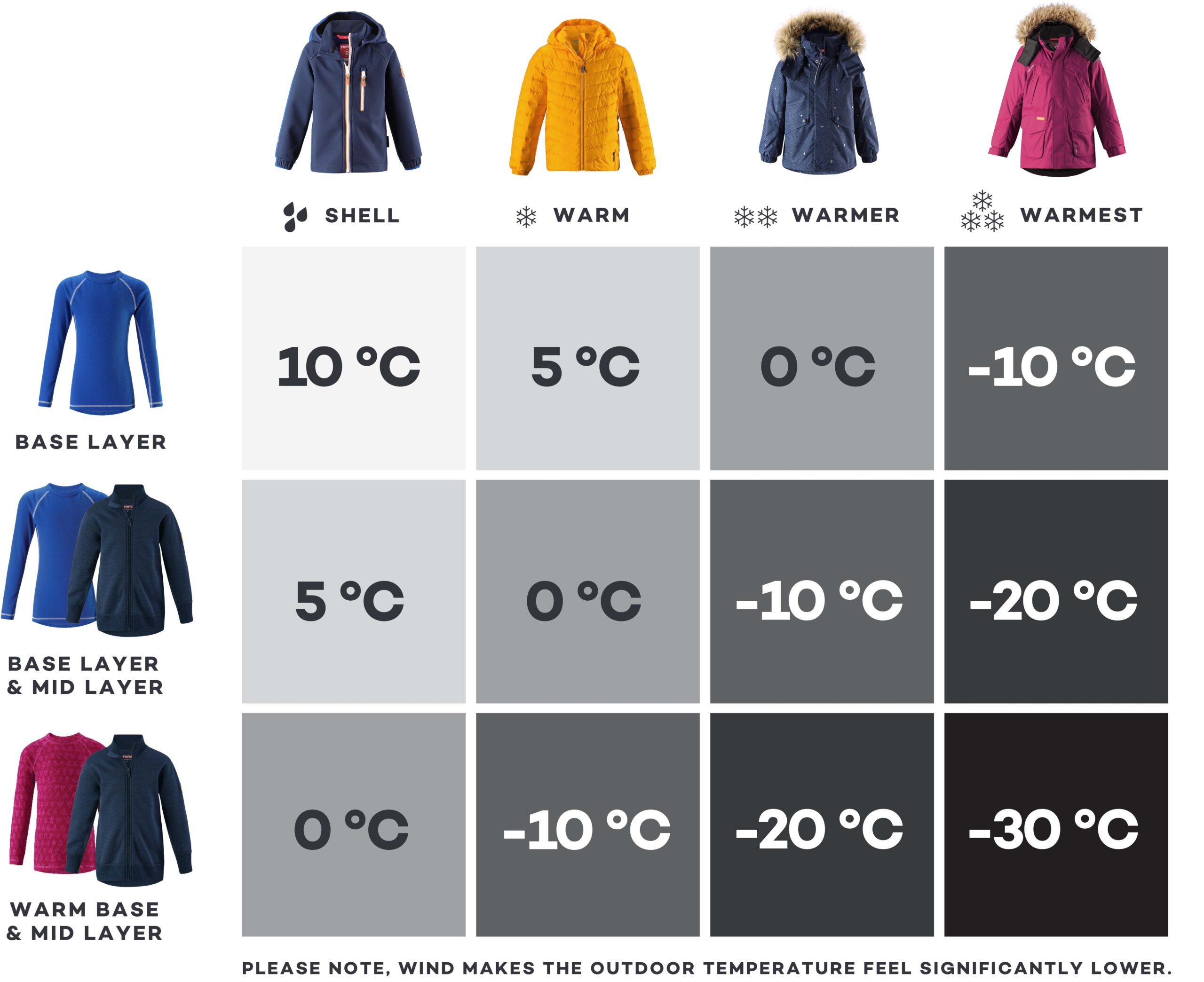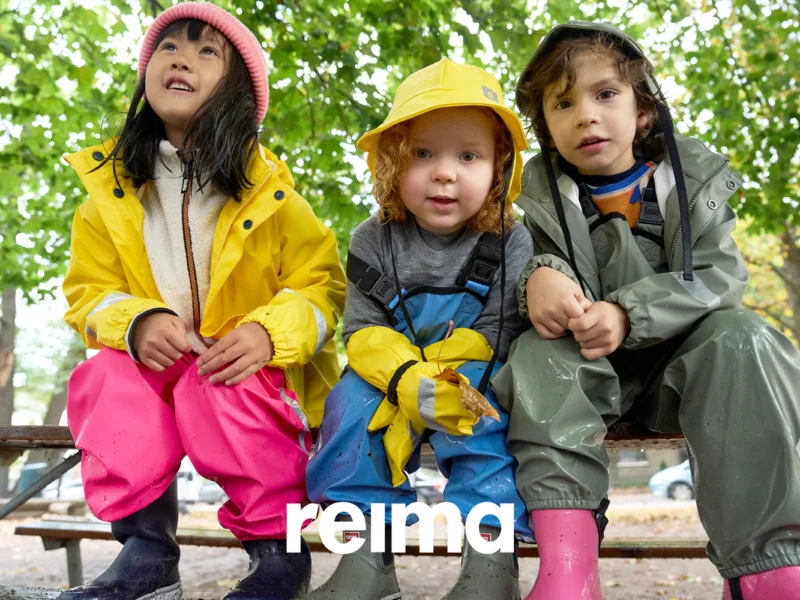Laste õue minekuks riietamine võib olla paras peavalu, eriti veel ülemineku aastaaegadel – ilmade muutumisel võib olla keeruline valida õigeid riideid. Kuidas tagada, et mu lapsel oleks piisavalt soe, kuid ta ei higistaks? Õige riietumise võti on riietuda kihiti.
Erinevad materjalid toimivad kihtidena hästi ja kihtide vahele jäänud õhk annab sooja. Aluskiht laseb nahal hingata, keskmine kiht hoiab soojust sees ja välimine kiht kaitseb tuule, sademete ja külma eest.
Kihiline riietumine säästab ka raha. Ühte rõivakihti saab kasutada peaaegu aastaringselt, kui see veel suuruse poolest sobib! Lisa kihtide panemisega või kihtide eemaldamisega saab riietust muutuvate ilmastikutingimustega kohaneda ning erinevad aluskihid ja vahekihid võivad riietusele uue näo anda.
Tänapäeval on ka lastele saadaval funktsionaalne aluskiht. See sobib sportimiseks ja aktiivseks tegevuseks õues. Sünteetilised ja segakiust rõivad juhivad nahalt niiskuse teistesse kihtidesse. See tagab, et lapsed tunneksid ennast mugavalt ka siis, kui neil on aktiivse mängu ajal palav. Valige eelistatavalt selline materjal nagu Thermolite, Play Jersey või vill. Kõik need materjalid on hingavad ja lasevad nahal ennast mugavalt tunda. Vill edastab ja imab niiskust, kuid annab sooja ka siis, kui see on märg.


Järgmine kiht on tuntud kui keskmine kiht. Talvel võib vahekihte olla mitu, kuid kevadel piisab sageli ühest vahekihist. Keskmine kiht annab mugava hulga lisasoojust, kuid veenduge, et see oleks piisavalt avar – tihedalt seljas olevad kihid (liiga parajad ja ümber riided) piiravad head soojusjuhtivust.
Fliis on hea võimalus, sest see on hingav ja selle soojusväärtus on sama mis villal, kuid seda on lihtne hooldada, juhib niiskust pealmistesse kihtidesse ja see kuivab kiiresti. Vill säilitab soojendavad omadused ka siis, kui see on märg. Järgmine alternatiiv on õhuke sulevest või -jope, mis võib pealmise jope all kandes toimida pehme ja soojendava kihina.
Pealmise kihi kõige olulisem funktsioon on ilmastiku eest kaitsmine. Tasub valida veekindel kattekiht, et seda saaks kasutada mitmesugustes tingimustes – selgetel päevadel, vihma või märja lume korral. Selleks, et pealmine kiht oleks täiesti funktsionaalne, peab see olema ka hingav, et niiskus pääseks kehast eemale.
Vastasel juhul jääb riietesse niiskus ja lapsel hakkab peagi ebamugav ja külm. Saate kontrollida oma lapse temperatuuri kaela ja kurgu piirkonnas: kui see piirkond tundub külm, tunneb laps jahedust.



